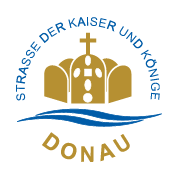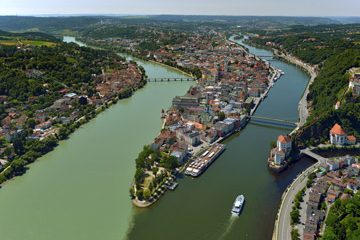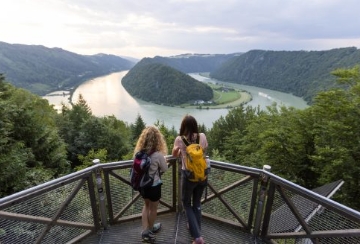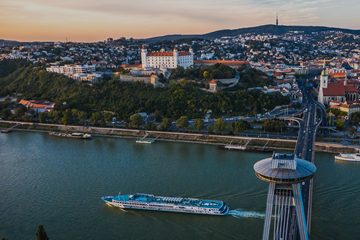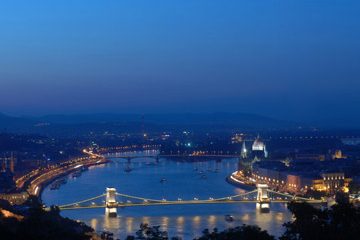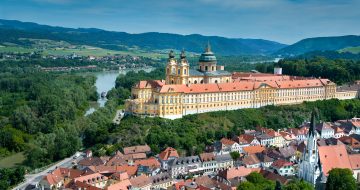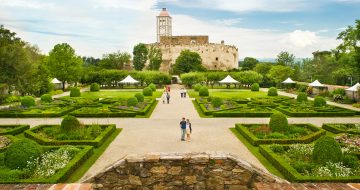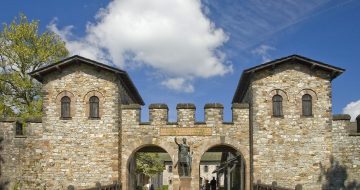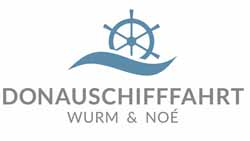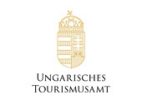Discover the Danube on the road of emperors and kings.
Plan nowThe European Cultural Route along the Danube awaits you!
The Danube is not only Europe's second largest river, but also a very special natural and cultural space. On its banks, Europe has reinvented itself again and again. A region that could hardly be more rich in history, a living space characterized by culture, architecture - a meeting of different ethnic groups, as well as religions. All this makes the Danube so interesting - for inhabitants as well as for travelers. In the international working group "The Danube Road of Emperors and Kings" 12 tourism organizations and companies are committed to the common European heritage and let today's travelers discover the traces of time.
Did you know that 9 World Heritage Sites are located along the route from Regensburg to Budapest? On this trip you will pass 4 countries, 3 capitals (Vienna, Bratislava and Budapest) and countless natural beauties, places worth seeing beyond the expected. Let yourself be surprised and come back positively changed from your historic Danube journey! Follow the traces of the Romans at the Danube limes, discover monasteries and castles, discover much about the Habsburgs and other ruling families, meet nobles of today.
On this page we want to present you the highlights on the different sections of the Road of Emperors and Kings and help you to plan your time travel. Let our blog inspire you for your personal Danube travel experiences.
The Danube Regions -
Princely Journeys from Regensburg via Linz and Vienna to Budapest
Following in the footsteps of the Habsburgs, the Road of Emperors and Kings connects cultural cities, historical treasures and landscapes of world renown from medieval Regensburg via Passau, Linz and Vienna to the metropolises of Bratislava and Budapest.
